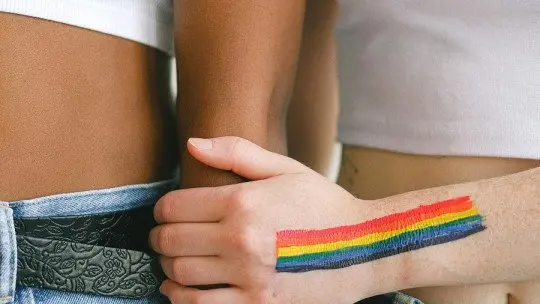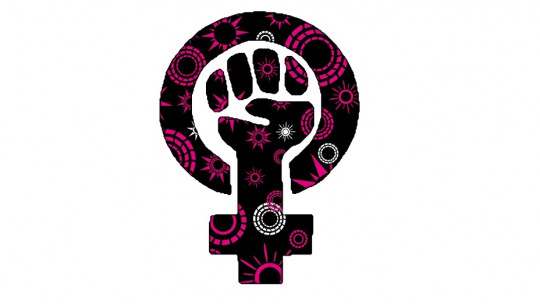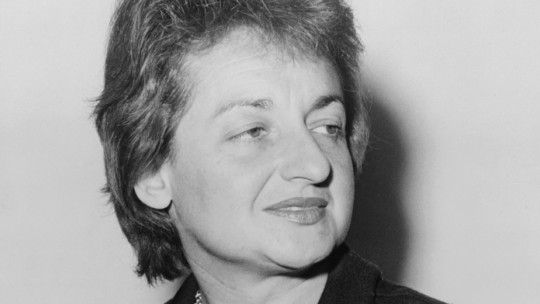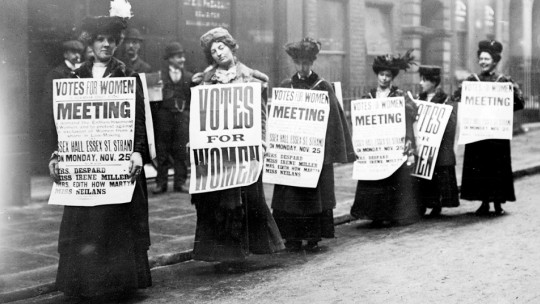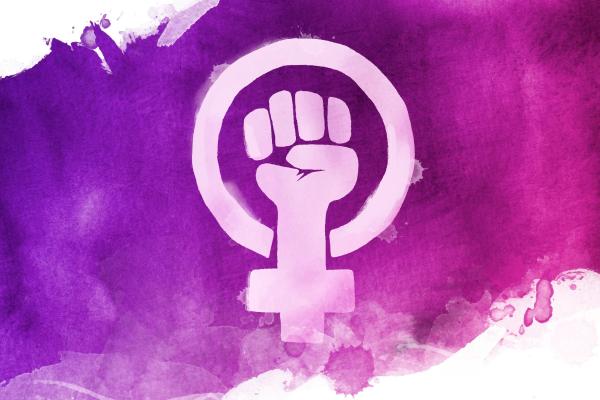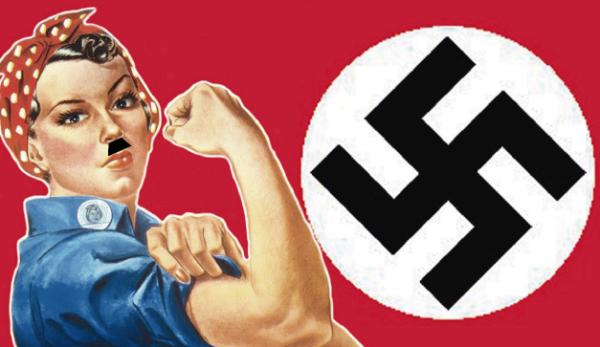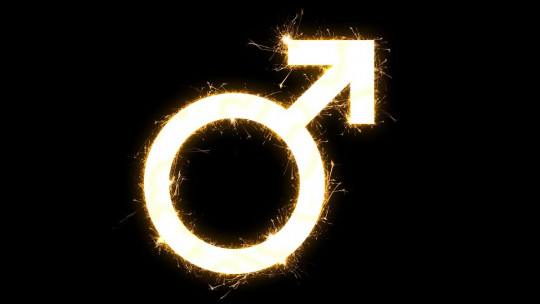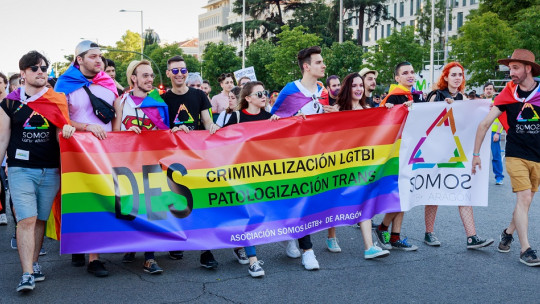
The LGBT movement has significantly marked the second half of the 20th century and the beginning of the 21st century. Through a great diversity of social and political struggles they have managed to make visible experiences, desires, knowledge, discomforts and feelings that had remained denied and pathologized for a long time.
On the other hand, the history of the LGBT and LGTBI movement It is very long and can be approached from very different starting points. Below we will point out some of the events that marked its beginning and development in the West.
What does LGBT mean?
The acronym LGBT refers to both a collective and a movement of political demands, whose letters mean: Lesbian-Gay-Bisexual-Transgender. These last words refer precisely to people who assume and recognize themselves as lesbian, gay, bisexual or transgender.
Although the history of this movement is older, the LGBT concept became popular especially in the 1990s. Among other things, it has allowed it to replace the term “gay community”, which although it was demanding and very important at the time; It had also left other identities and sexualities silent.
The use of the term LGBT has made it possible emphasize the diversity of sexual and gender identities which can be applied to many people, regardless of whether their bodies have been sexed as female or male.
Where does diversity end? The LGTBI claim
Within the framework of these political demands, other struggles and identities have also been added. From this the letters of the term LGBT have increased. For example, the letter “T” has been added, which refers to transsexuality; the letter “I” which refers to Intersexuality, and the letter “Q” which refers to the people and the “Queer” or “Cuir” movement, Spanishized.
Specifically, this last category has made it possible that, although some people who do not identify with any of the previous identities (lesbian-gay-bisexual-transsexual-transgender-intersexual), do can share spaces for demands and struggles for diversity in equal opportunities This is much more complex and even problematic. Initially, because the metaphor of “trans” has spread a sometimes deterministic conception of changes in gender identity (for example, that there is a pre-established beginning and end), among other complications.
In an introductory way we can say that transsexuality refers to someone who makes a body modification to go from one sex-gender to another; while the word “transgender” refers to practices that are also visible on the body, for example in aesthetics, but that do not necessarily include an organic change In this context, the need to separate trans by sex or gender has been discussed, an issue that has also been problematic.
For its part, intersexuality refers to bodies that share different organs and genetic or phenotypic characteristics that have been attributed by Western biomedicine to women and men in a differentiated manner. So, depending on the context we can find both the concept of LGBT, as well as that of LGBTI, LGBTIIQ, LGBTQ, and perhaps others.
The LGTTBIQ movement arises from many people who have explained that assigned gender identity does not always correspond to felt gender identity therefore, it is valid to defend the complete freedom to claim and live the identity that is felt over the one that is imposed.
First struggles: LGBT rights
There are many versions about the beginning of the movement in the West. One of the most accepted is that it was first used to name student movements in the 1960s in the United States that demanded the depathologization of non-normative behaviors and equal rights
The development context of the LGBT movements was characterized mainly by the fact that many people denounced that they had been systematically made invisible by the norms of heterosexuality. This became visible especially in the United States and Europe, where feminist movements were also gaining greater diffusion.
But, among other things, Those feminist movements had been basically heterosexual, which very soon caused many women to publicly claim lesbian identities. Here a first starting point was opened for the vindication of other sexualities that had also been reserved for private space.
We could even go further back and look at some of the antecedents of the early 20th century, when some European intellectuals who had homosexuality as an experience, took on the task of writing and publishing in favor of legitimizing their sexual desires and practices.
However, this did not become widespread until those people who had also seen their rights violated took to the streets, in the form of social movements and activism.
Breaks with Anglo-Saxon feminism
Anglo-Saxon feminisms had made a very important break in the most traditional gender norms. However, they had organized around a very naturalized vision of the division between gender and sex which continued to be binary, and left other practices and experiences aside.
That is, the movements that only positioned themselves in favor of women were staying on the same oppressive gender foundation, with which other identities had been excluded. For example, homosexuality, lesbianism, trans identities, and all those that do not fit into these categories.
Thus, the LGBT movement had to establish a first break with feminism that had involuntarily ignored other expressions of sexuality. Likewise, and since the production of knowledge is always situated in a specific experience and place, some feminists in the lesbian movement had adopted essentialist perspectives that were not useful for other claims and identities.
For example, people who consider themselves bisexual were criticized for not being able to “come out of the closet” in hegemonic terms. This is how, after a period of accommodation, separation and feedback, lesbian, gay, bisexual and transgender groups grouped together into a single fighting collective
The term LGBT was probably first used to refer to the student activists who took part in these struggles mainly in Europe and the United States from the 1960s onwards, although there are different versions about when it was first used, and also about who. He was the first person to use it.
From criminalization to pathologization
Sexual and gender identities and practices that are not heterosexual have been criminalized and seriously penalized in different formats for many centuries. Currently and given the preeminence of biomedical paradigms that are positioned as the social instructors par excellence, as well as through supposed mental pathologies, many non-hegemonic gender practices continue to be understood as if they were a pathology
The protest movements of the 1960s, and many of the movements today, have fought against the circulation of pejorative, violent and offensive concepts towards non-heterosexual people.
But not only that, but have denounced explicitly violent and repressive practices such as lgtbphobia (which in many cases ends in murder); and other very common, naturalized and apparently innocuous practices such as pathologization.
In fact, it was not until after these social movements of protest led by a large part of the LGBT community itself that homosexuality was no longer considered a mental pathology by the APA and the WHO. Just 45 and 28 years ago respectively. And what’s more: these struggles are not over, because pathologization as a way of criminalizing still exists.

